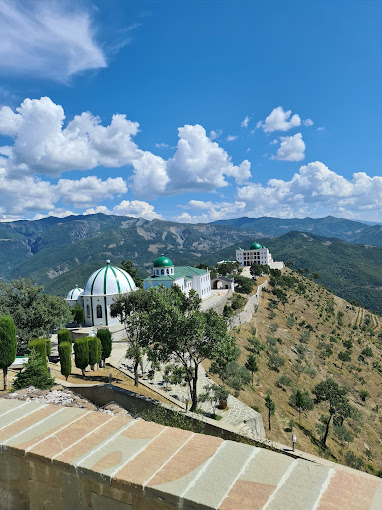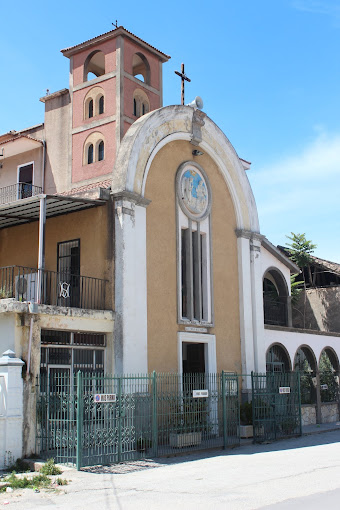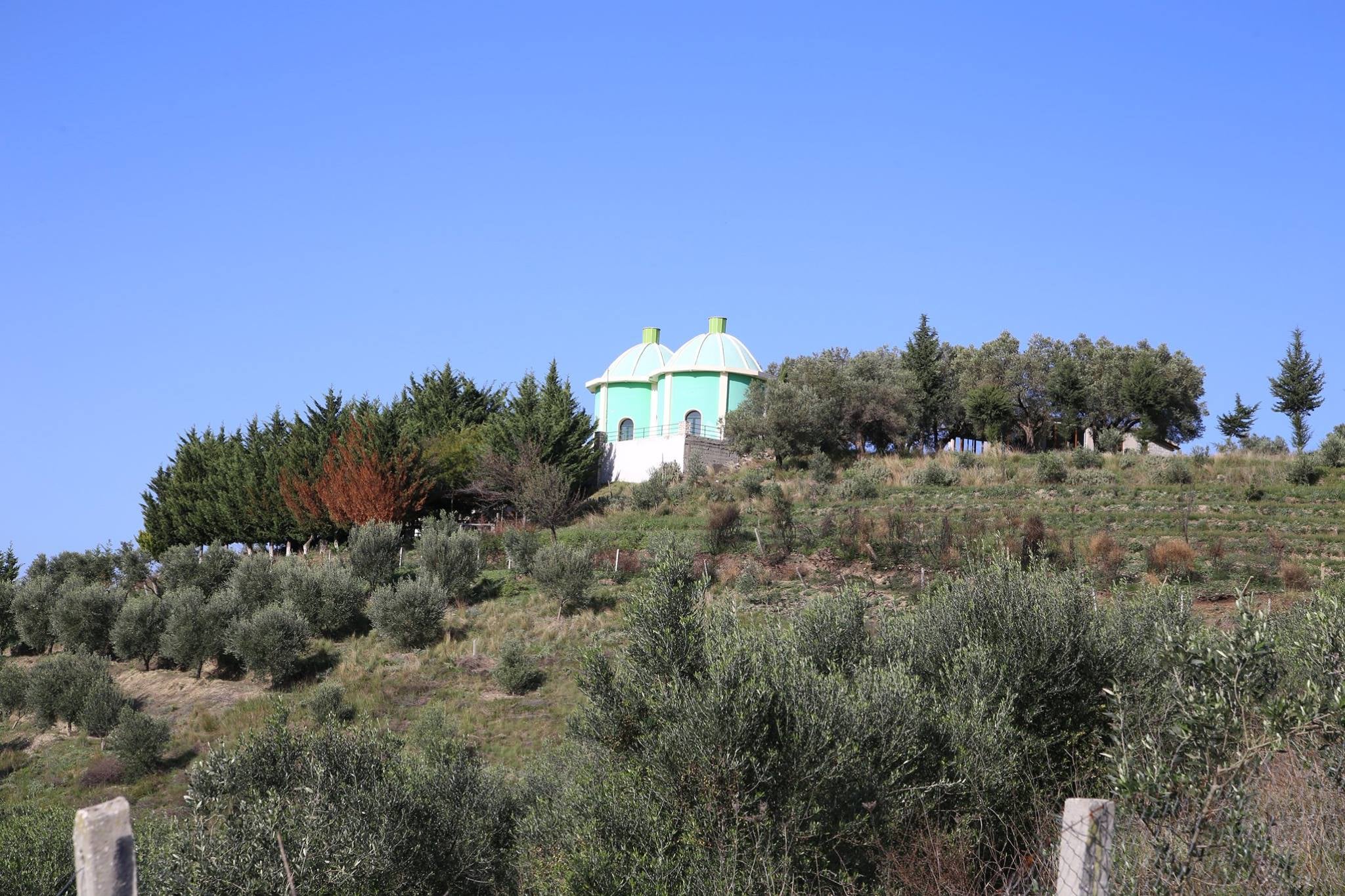The Monastery of Shen Joan Vladimir, otherwise known as Shen Joan, is an important monument of cultural heritage in Shijon, Elbasan district. This monastery has a rich history and a special importance in the context of medieval Albanian culture and art.
The monastery was rebuilt by Karl Topia in 1381 on the ruins of an older church and became 4 times larger, thus becoming a cultural center. Inscriptions in Latin, Greek and Slavic languages show that the reconstruction was done for the glory of Karl Topia, making the monastery an important ecclesiastical and cultural place.
During the 18th century, the artist Kostandin Shpataraku painted the walls of the church, thus increasing the artistic value of the monastery. The monastery survived until 1944, when it was destroyed by fire, but the walls still remain today as a deep testimony of the culture and history of Albania.
The monastery had a large library and a collection of icons, some of which are still preserved. Its walls bear early sculptures and ornaments dating back to the 14th century, making it an architectural and artistic masterpiece of the Albanian Middle Ages.
The finely carved portal from the 14th century is one of the monastery's lost treasures, having been retrieved and mounted in the National Historical Museum. The coat of arms of Karl Topia, located on the left side of the Portal, is a work of art and one of the most important coats of arms of Albanian heraldry. It features a lion seated on a small throne, along with a number of Greek-type crosses and lily symbols, appearing as a reference to the French heraldic coat of arms. Charles, a member of the French royal family, is thought to be related to this coat of arms. The Monastery of Shen Joan Vladimir remains one of the most important treasures of Albania's heritage and a proof of the durability of medieval culture.




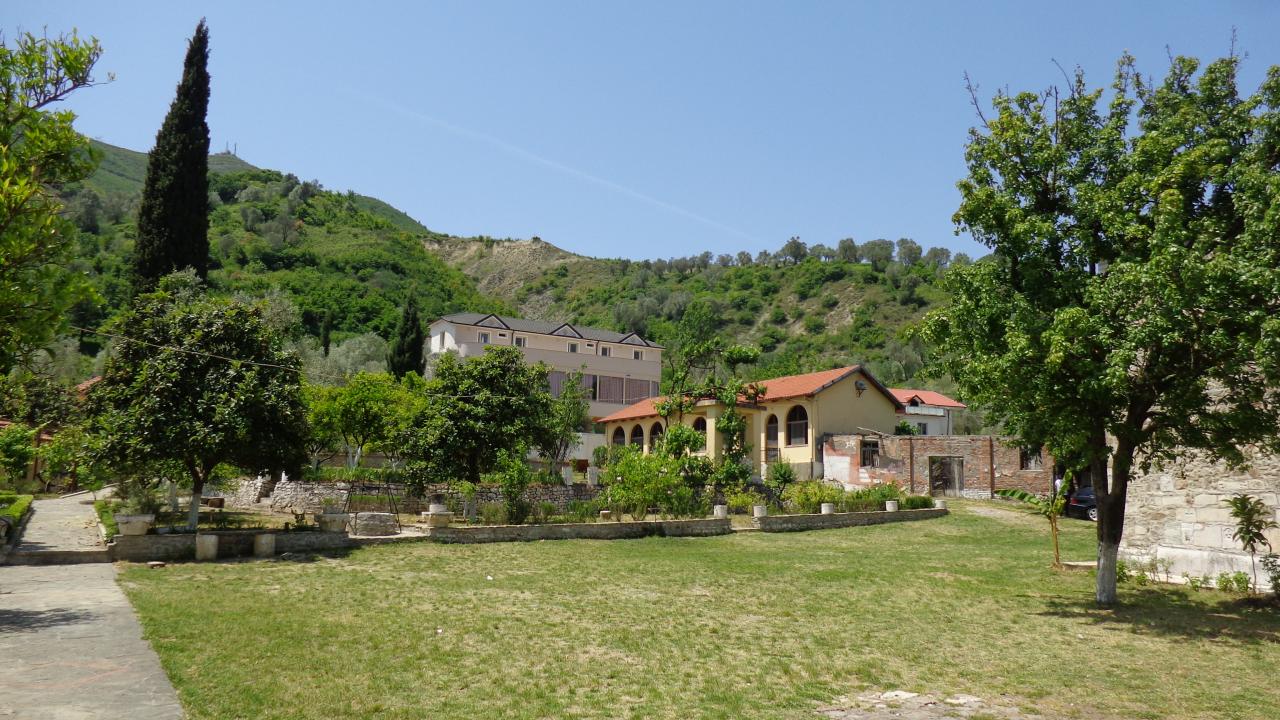

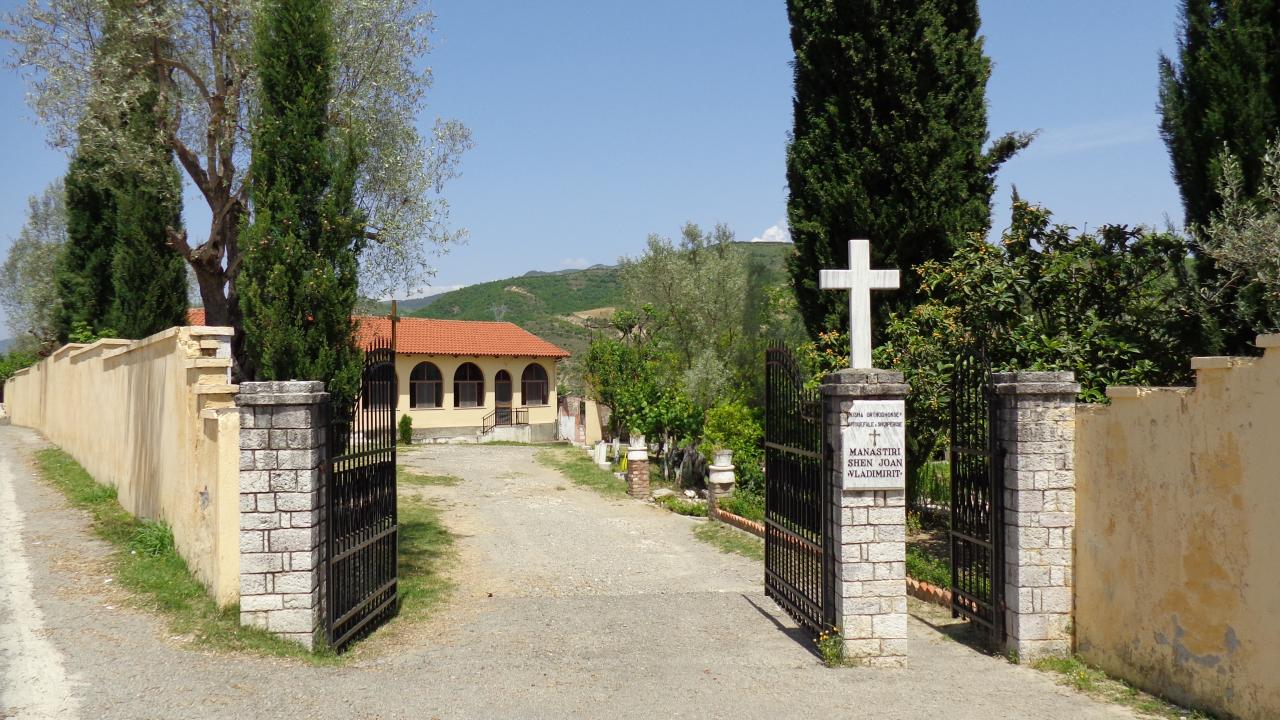

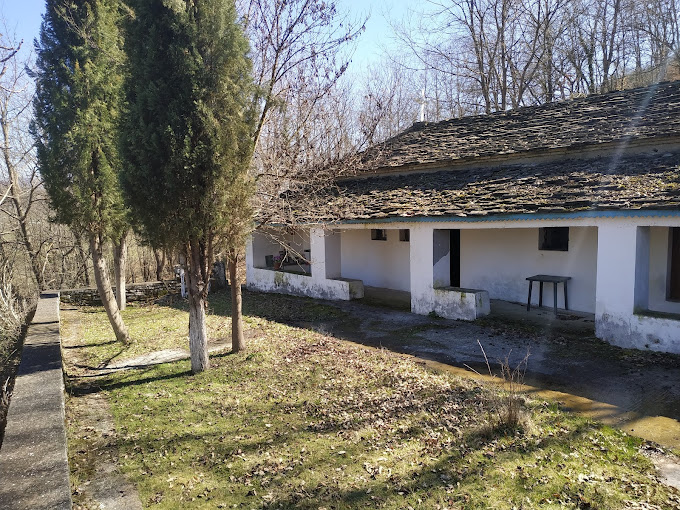
.png)
.png)
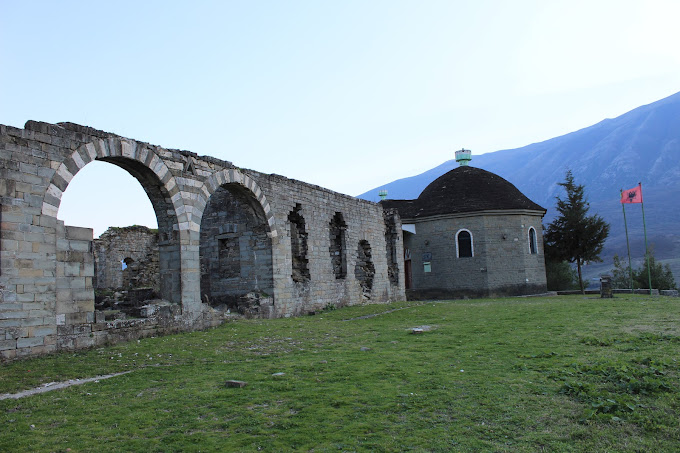
.png)
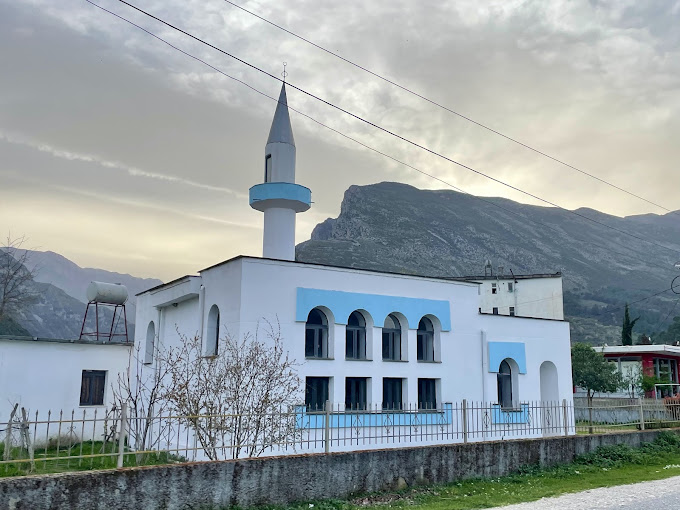
.png)
